Byunghwee Lee
Context-aware Multimodal AI Reveals Hidden Pathways in Five Centuries of Art Evolution
Mar 15, 2025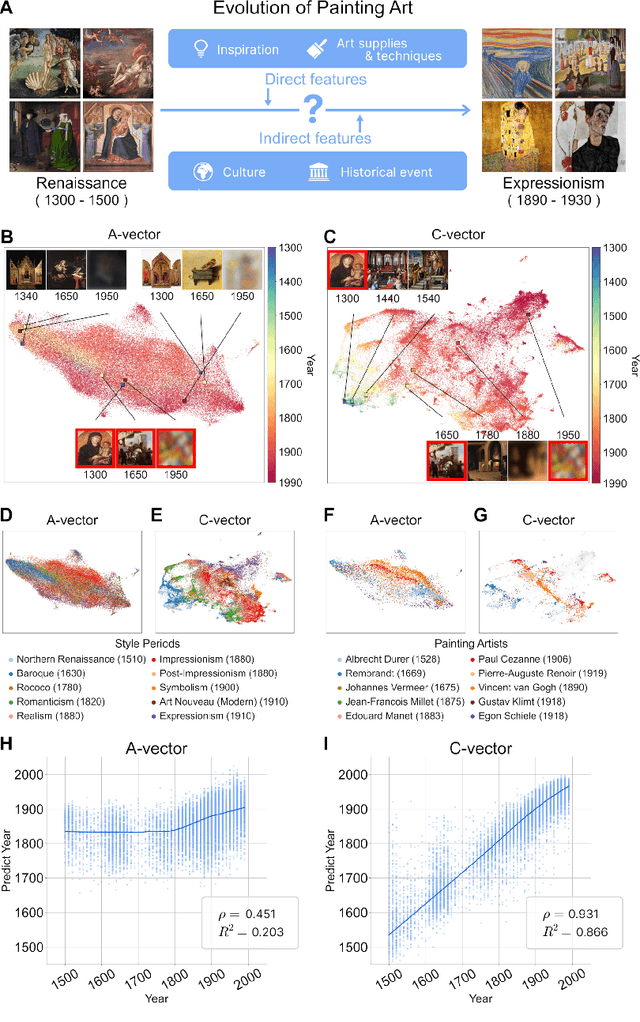
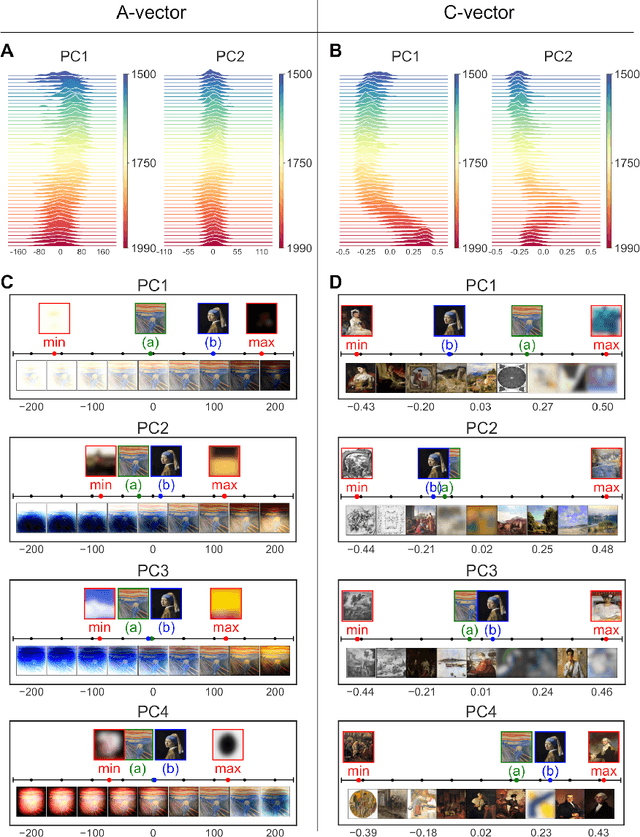
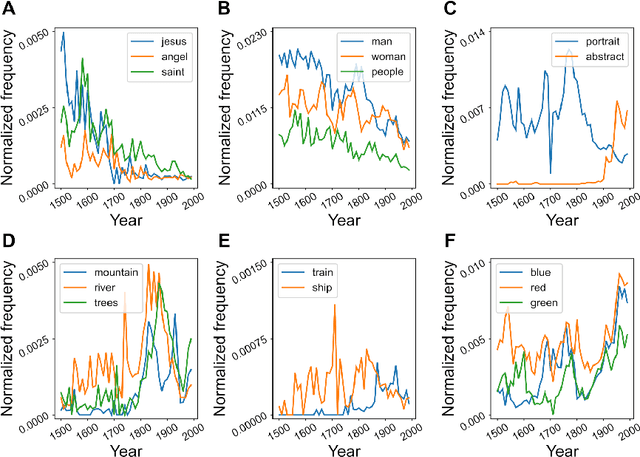
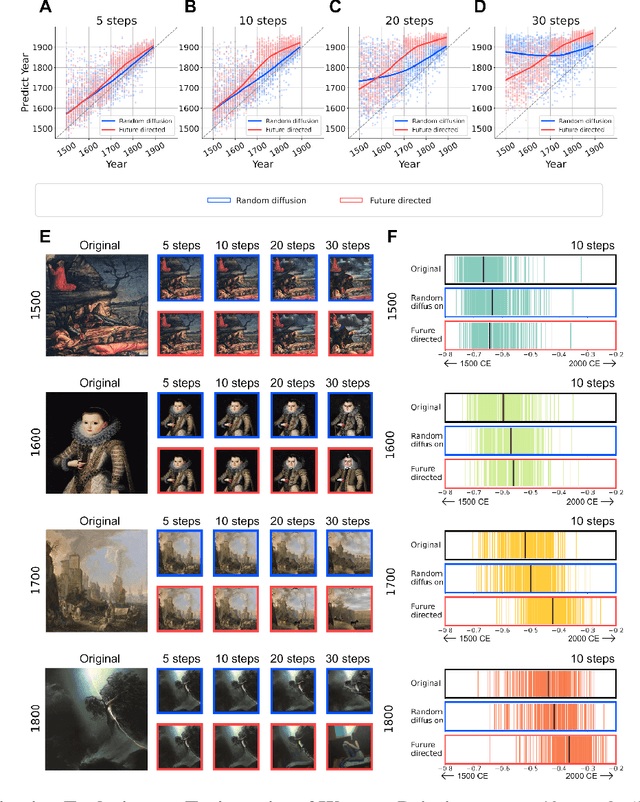
Abstract:The rise of multimodal generative AI is transforming the intersection of technology and art, offering deeper insights into large-scale artwork. Although its creative capabilities have been widely explored, its potential to represent artwork in latent spaces remains underexamined. We use cutting-edge generative AI, specifically Stable Diffusion, to analyze 500 years of Western paintings by extracting two types of latent information with the model: formal aspects (e.g., colors) and contextual aspects (e.g., subject). Our findings reveal that contextual information differentiates between artistic periods, styles, and individual artists more successfully than formal elements. Additionally, using contextual keywords extracted from paintings, we show how artistic expression evolves alongside societal changes. Our generative experiment, infusing prospective contexts into historical artworks, successfully reproduces the evolutionary trajectory of artworks, highlighting the significance of mutual interaction between society and art. This study demonstrates how multimodal AI expands traditional formal analysis by integrating temporal, cultural, and historical contexts.
Diversity and stylization of the contemporary user-generated visual arts in the complexity-entropy plane
Aug 21, 2024



Abstract:The advent of computational and numerical methods in recent times has provided new avenues for analyzing art historiographical narratives and tracing the evolution of art styles therein. Here, we investigate an evolutionary process underpinning the emergence and stylization of contemporary user-generated visual art styles using the complexity-entropy (C-H) plane, which quantifies local structures in paintings. Informatizing 149,780 images curated in DeviantArt and Behance platforms from 2010 to 2020, we analyze the relationship between local information of the C-H space and multi-level image features generated by a deep neural network and a feature extraction algorithm. The results reveal significant statistical relationships between the C-H information of visual artistic styles and the dissimilarities of the multi-level image features over time within groups of artworks. By disclosing a particular C-H region where the diversity of image representations is noticeably manifested, our analyses reveal an empirical condition of emerging styles that are both novel in the C-H plane and characterized by greater stylistic diversity. Our research shows that visual art analyses combined with physics-inspired methodologies and machine learning, can provide macroscopic insights into quantitatively mapping relevant characteristics of an evolutionary process underpinning the creative stylization of uncharted visual arts of given groups and time.
Neural embedding of beliefs reveals the role of relative dissonance in human decision-making
Aug 13, 2024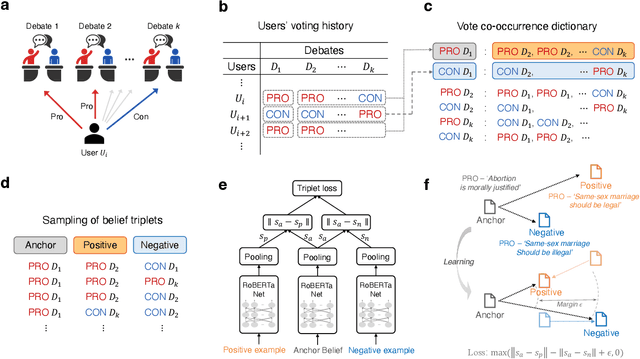
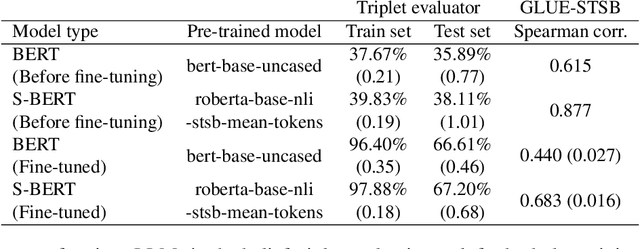
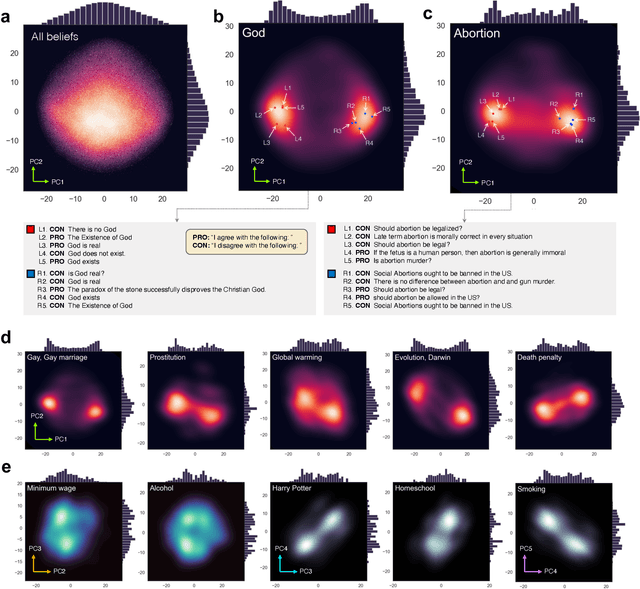
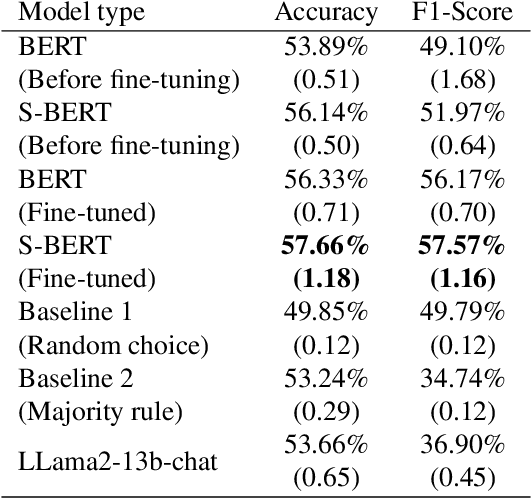
Abstract:Beliefs serve as the foundation for human cognition and decision-making. They guide individuals in deriving meaning from their lives, shaping their behaviors, and forming social connections. Therefore, a model that encapsulates beliefs and their interrelationships is crucial for quantitatively studying the influence of beliefs on our actions. Despite its importance, research on the interplay between human beliefs has often been limited to a small set of beliefs pertaining to specific issues, with a heavy reliance on surveys or experiments. Here, we propose a method for extracting nuanced relations between thousands of beliefs by leveraging large-scale user participation data from an online debate platform and mapping these beliefs to an embedding space using a fine-tuned large language model (LLM). This belief embedding space effectively encapsulates the interconnectedness of diverse beliefs as well as polarization across various social issues. We discover that the positions within this belief space predict new beliefs of individuals. Furthermore, we find that the relative distance between one's existing beliefs and new beliefs can serve as a quantitative estimate of cognitive dissonance, allowing us to predict new beliefs. Our study highlights how modern LLMs, when combined with collective online records of human beliefs, can offer insights into the fundamental principles that govern human belief formation and decision-making processes.
Historic Emergence of Diversity in Painting: Heterogeneity in Chromatic Distance in Images and Characterization of Massive Painting Data Set
Sep 14, 2018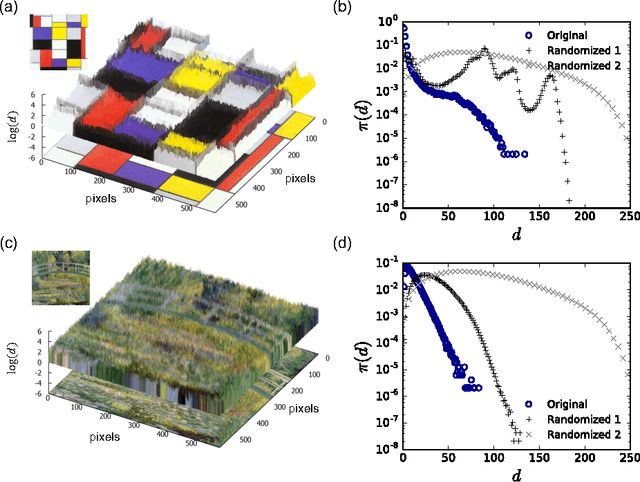

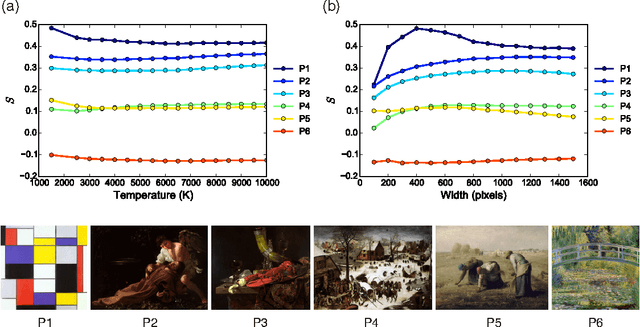
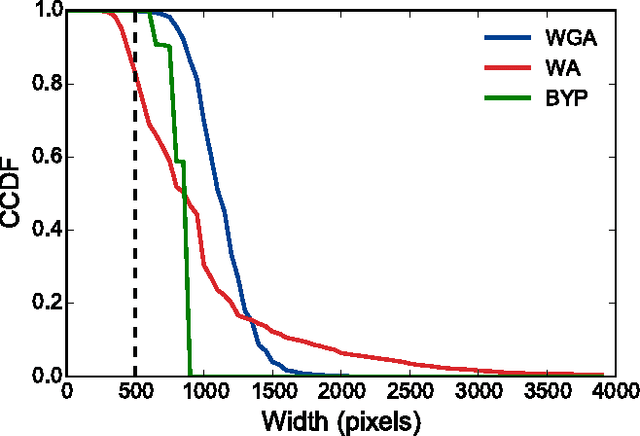
Abstract:Painting is an art form that has long functioned as a major channel for the creative expression and communication of humans, its evolution taking place under an interplay with the science, technology, and social environments of the times. Therefore, understanding the process based on comprehensive data could shed light on how humans acted and manifested creatively under changing conditions. Yet, there exist few systematic frameworks that characterize the process for painting, which would require robust statistical methods for defining painting characteristics and identifying human's creative developments, and data of high quality and sufficient quantity. Here we propose that the color contrast of a painting image signifying the heterogeneity in inter-pixel chromatic distance can be a useful representation of its style, integrating both the color and geometry. From the color contrasts of paintings from a large-scale, comprehensive archive of 179,853 high-quality images spanning several centuries we characterize the temporal evolutionary patterns of paintings, and present a deep study of an extraordinary expansion in creative diversity and individuality that came to define the modern era.
 Add to Chrome
Add to Chrome Add to Firefox
Add to Firefox Add to Edge
Add to Edge